38 understanding carbs on food labels
Carb Counting and Diabetes | ADA This number includes all carbs: sugar, starch and fiber. That’s right: You don’t have to worry about adding on grams of added sugars—they’re included in the number of total carbs! The added sugars and other bullets below the total carbs listing are included to provide more information about what’s in the food that you are eating. And ... Calorie Counter and Food Nutrition Data - Verywell Fit 24/05/2022 · Calorie counting apps can be a great tool not only for scanning food labels, managing meals out, and logging food, but also for planning ahead by pre-logging. There are many different calorie counting apps available, and you may experiment with free trials of each until you decide on the best one for your needs and lifestyle. Note that calorie counters may …
Reading Food Labels | ADA - American Diabetes Association Understanding Food Labels. It’s time to decode those food claims. Trying to figure out nutritional information on labels and packaging isn’t easy. The good news is that we can help. Untangle packaging claims. If you get tripped up on food content claims, you’re not alone. Fat free vs. low fat vs. reduced fat. Low cholesterol vs. reduced cholesterol. It’s confusing, and it can be tough ...
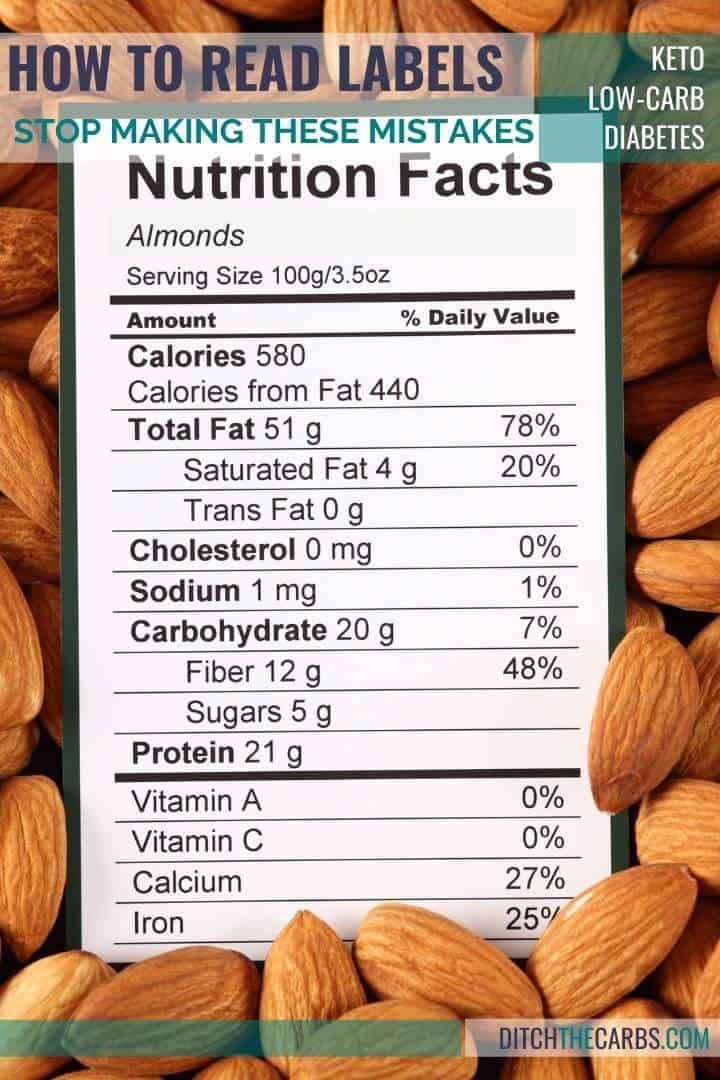
Understanding carbs on food labels
Get to Know Carbs | ADA - American Diabetes Association Carbs come in many different forms, but the main three are starch, fiber, and sugar. When purchasing packaged food, the term “total carbohydrate” refers to all three of these types. Learn more about nutrition labels. So how much is the right amount? Let’s start with the basics. All food is made up of three main nutrients: carbohydrates ... Shop by Category | eBay Shop by department, purchase cars, fashion apparel, collectibles, sporting goods, cameras, baby items, and everything else on eBay, the world's online marketplace Reference Daily Intake - Wikipedia The Reference Daily Intake (RDI) used in nutrition labeling on food and dietary supplement products in the U.S. and Canada is the daily intake level of a nutrient that is considered to be sufficient to meet the requirements of 97–98% of healthy individuals in every demographic in the United States. While developed for the US population, it has been adopted by other countries, …
Understanding carbs on food labels. Understanding Carbohydrates :: Diabetes Education Online When you have type 2 diabetes, your blood sugar will go up if you eat too much carbohydrate.And if you are treated with oral medications that release insulin from the pancreas, or insulin, you must match your carbohydrate intake to your medication dose.To get the best blood sugar result, you need to know how much carbohydrate is in your food and regulate your carbohydrate intake. Carbohydrates and Blood Sugar - The Nutrition Source One thing that a food’s glycemic index does not tell us is how much digestible carbohydrate – the total amount of carbohydrates excluding fiber – it delivers. That’s why researchers developed a related way to classify foods that takes into account both the amount of carbohydrate in the food in relation to its impact on blood sugar levels. This measure is called the glycemic load. Get Smart On Carbs | ADA - American Diabetes Association There are three main types of carbohydrates in food—starches, sugar and fiber. As you’ll see on the nutrition labels for the food you buy, the term “total carbohydrate” refers to all three of these types. The goal is to choose carbs that are nutrient-dense, which means they are rich in fiber, vitamins and minerals, and low in added sugars, sodium and unhealthy fats. When choosing ... Understanding food labels | Diabetes UK Labels on the front don’t include the amount of carbs, so check the label on the pack for the total carbohydrate, which includes carbohydrates from starchy food as well as sugars. The figures for sugars on traffic lights are for total sugars, which doesn’t tell you how much of the sugar comes from natural sources, such as fructose and how much is added, such as sucrose or glucose.
Reference Daily Intake - Wikipedia The Reference Daily Intake (RDI) used in nutrition labeling on food and dietary supplement products in the U.S. and Canada is the daily intake level of a nutrient that is considered to be sufficient to meet the requirements of 97–98% of healthy individuals in every demographic in the United States. While developed for the US population, it has been adopted by other countries, … Shop by Category | eBay Shop by department, purchase cars, fashion apparel, collectibles, sporting goods, cameras, baby items, and everything else on eBay, the world's online marketplace Get to Know Carbs | ADA - American Diabetes Association Carbs come in many different forms, but the main three are starch, fiber, and sugar. When purchasing packaged food, the term “total carbohydrate” refers to all three of these types. Learn more about nutrition labels. So how much is the right amount? Let’s start with the basics. All food is made up of three main nutrients: carbohydrates ...




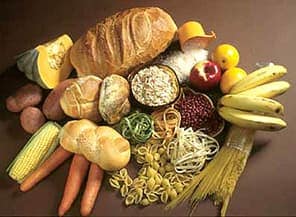





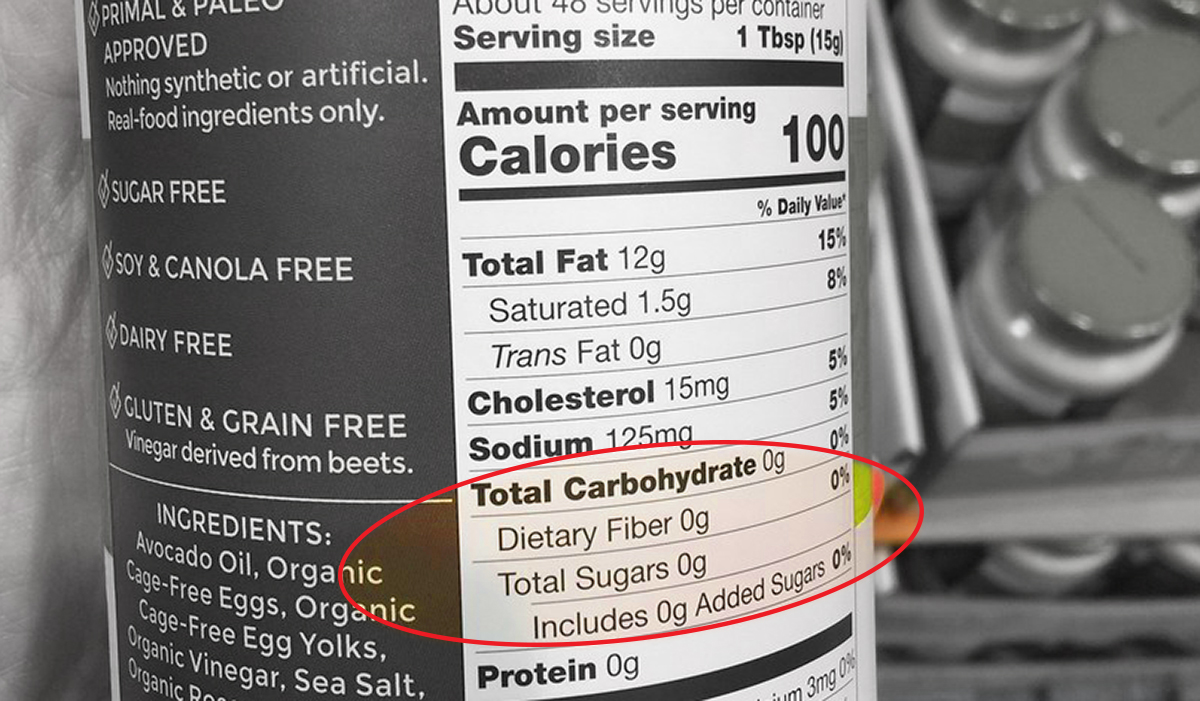

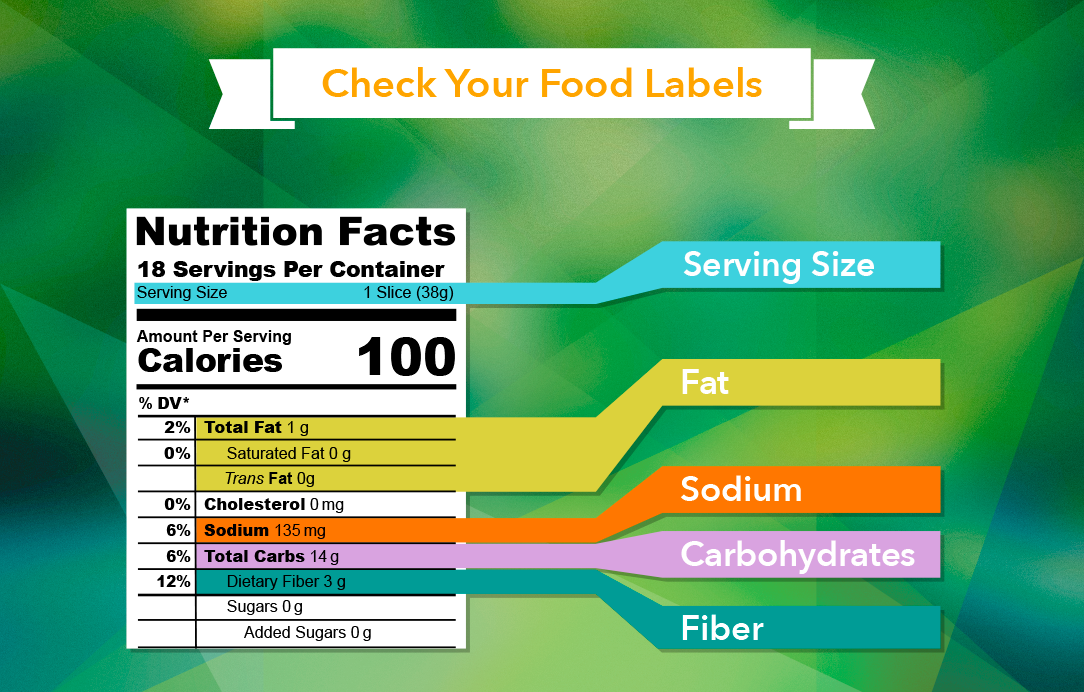
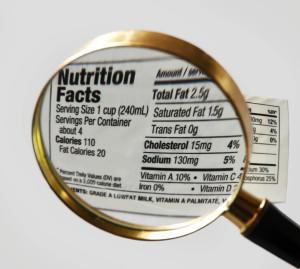
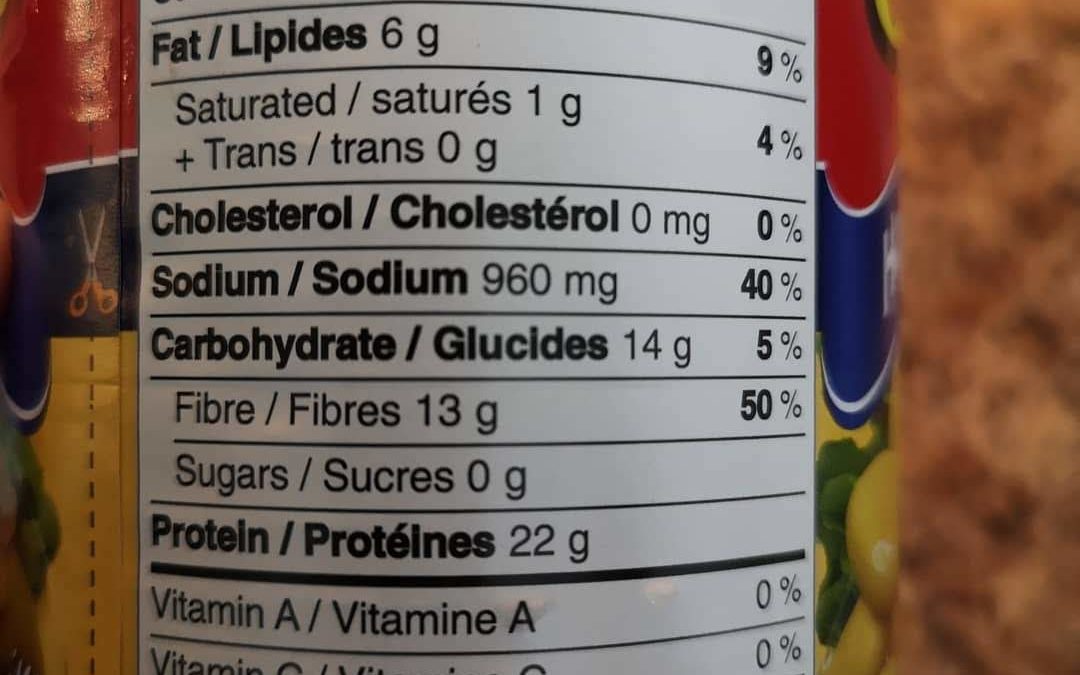
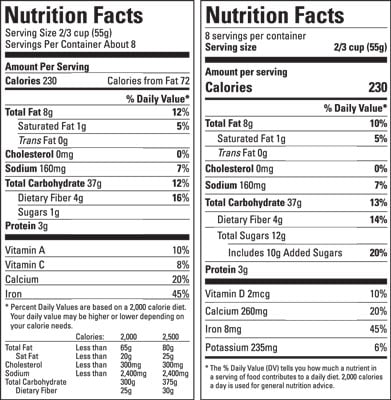



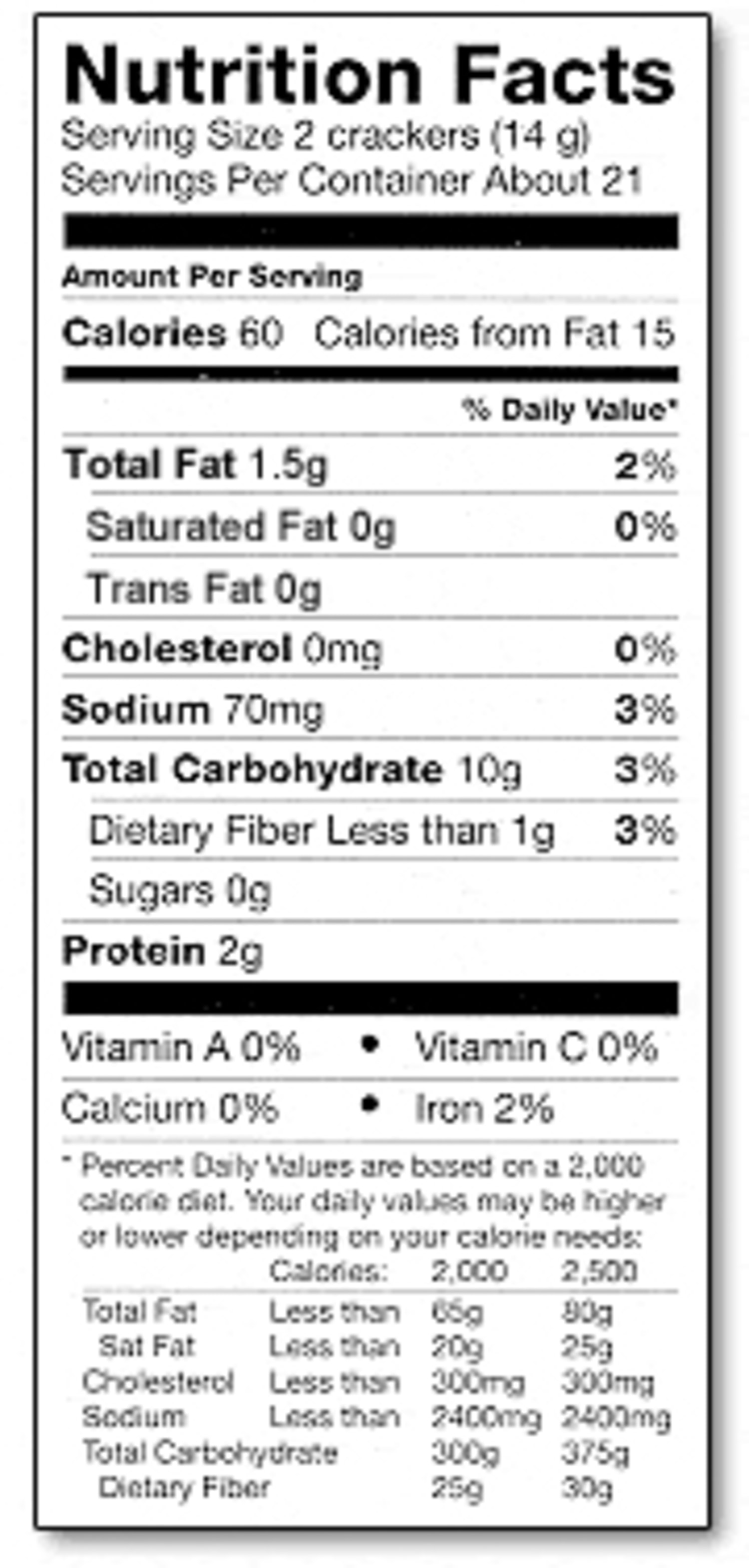

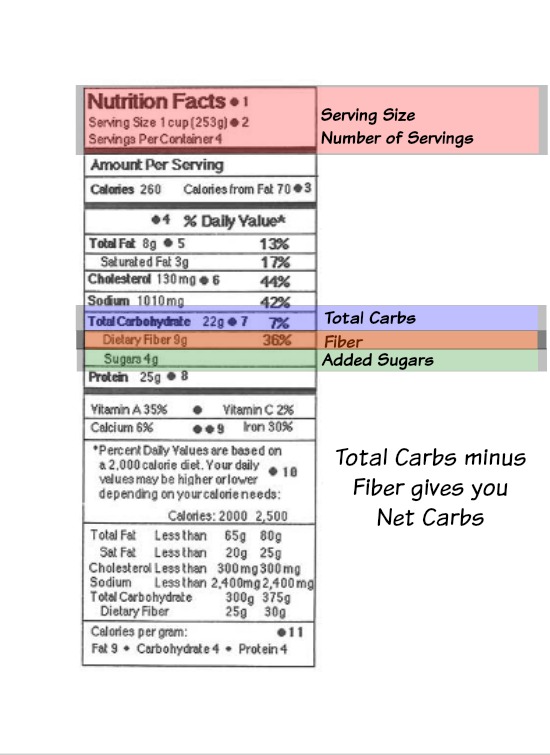

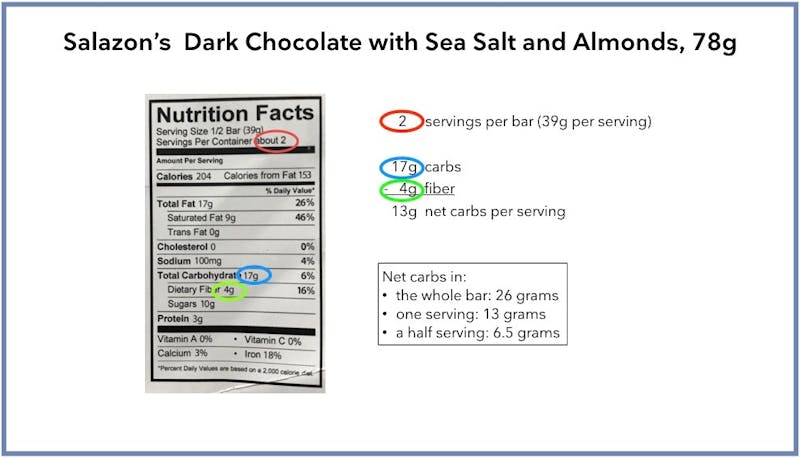
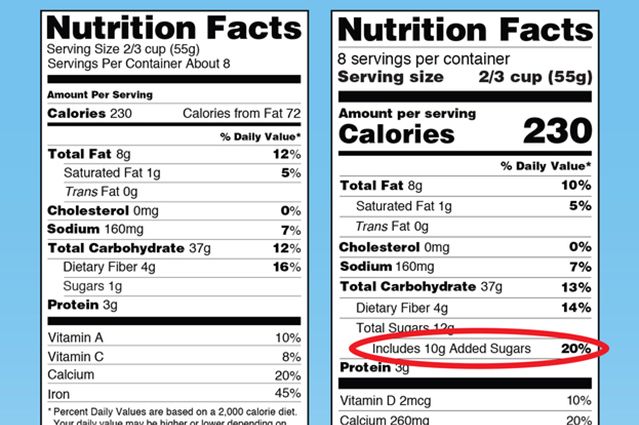
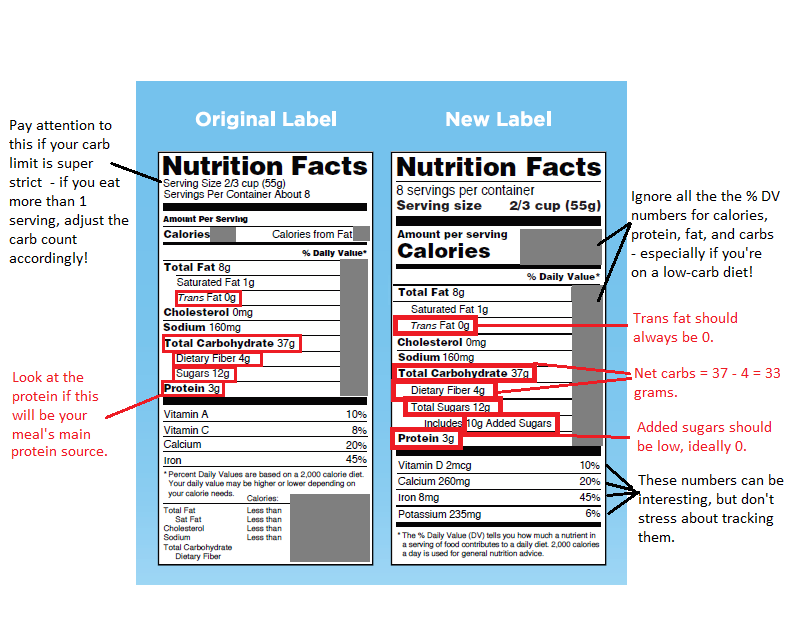


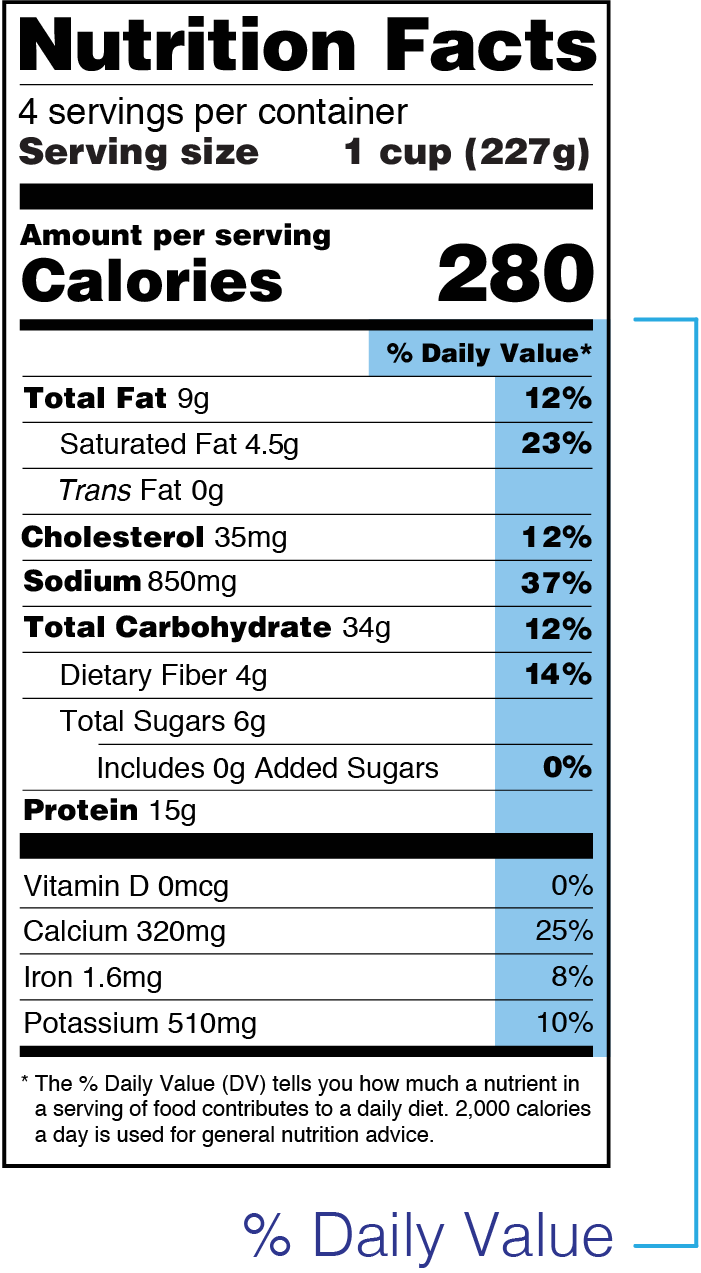



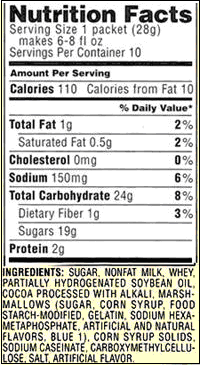



Post a Comment for "38 understanding carbs on food labels"